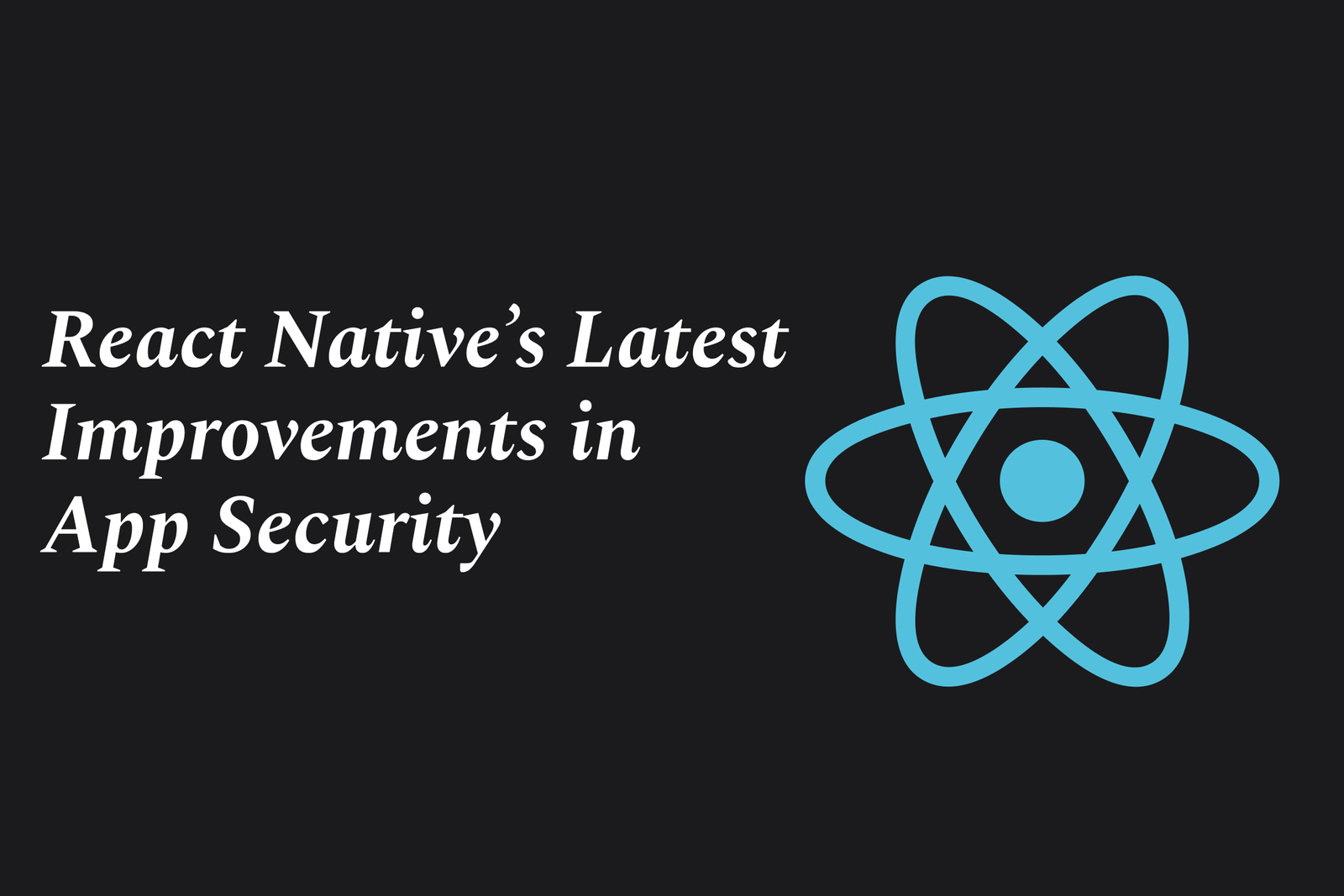How React Native Handles Complex Animations Smoothly
React Native handles complex animations smoothly by offloading animation calculations to native threads using the Animated API with the native driver, leveraging libraries like Reanimated for UI-thread execution, and optimizing gesture handling to ensure fluid, responsive, and high-performance animations.
How React Native Handles Complex Animations Smoothly
1 ) Utilization of the Animated API
React Native leverages its built in Animated API, which allows developers to create smooth and complex animations by using declarative syntax. This API helps manage animation values, timing, and interpolation efficiently, reducing the overhead on the main thread.
2 ) Use of Native Driver for Performance Optimization
To achieve smooth animations, React Native supports the use of the native driver (`useNativeDriver: true`), which offloads animation calculations from JavaScript to native threads. This approach minimizes frame drops and lag by preventing heavy JavaScript computations during animation playback.
3 ) Integration with Reanimated Library
For more advanced and performant animations, React Native often utilizes the Reanimated library. Reanimated provides a powerful and flexible way to create complex gesture based animations that run on the UI thread directly, ensuring superior smoothness and responsiveness.
4 ) Separation of Animated Styles from Regular Styles
While standard StyleSheet objects in React Native don't support animated values, developers combine Animated styles inline or use enhanced patterns to maintain type safety with TypeScript. This separation helps efficiently manage animated properties without affecting the rest of the UI styles.
5 ) Optimized Handling of Gesture Inputs
React Native animations benefit from gesture handler libraries that efficiently capture and respond to user input. By tightly integrating gesture recognition with animated values, apps deliver real time, fluid animations for complex UI interactions such as draggable bottom sheets.
6 ) Community Solutions and Performance focused Libraries
Popular community solutions like Gorhom’s Bottom Sheet optimize animation performance by relying on native drivers and UI thread execution. Although some lag may still occur on high end devices, ongoing enhancements continue to push smoothness and responsiveness to match native apps.
7 ) Developer Best Practices
Developers are encouraged to minimize unnecessary re renders, use memoization, and avoid heavy computations during animation cycles. Proper use of Animated and native modules ensures that complex animations maintain fluid frame rates, even on mid tier devices.
In summary, React Native handles complex animations smoothly through a combination of native driver utilization, powerful animation libraries like Reanimated, optimized gesture handling, and best development practices. These strategies collectively enable performant, responsive, and engaging animations in React Native applications.
https://justacademy.in/news-detail/android-new-api-releases
https://justacademy.in/news-detail/cross-platform-apps:-react-native-leading-the-pack
https://justacademy.in/news-detail/flutter-in-fintech-app-development
https://justacademy.in/news-detail/android-battery-health-monitoring-features
https://justacademy.in/news-detail/android-malware-protection-improvements
Related Posts
Java supports GDPR and data privacy by enabling secure data handling through encryption, controlled access, and precise data management. It allows developers to minimize PII exposure, ensure data confidentiality, and design workflows that comply with data protection regulations effectively.
Java code quality tools have evolved to include advanced static analysis, integrated security checks, and AI-powered code reviews. These updates help developers detect bugs, enforce coding standards, and enhance security, streamlining the development process and improving overall code reliability.
Java remains a cornerstone in big tech companies, evolving with modern features like records, pattern matching, and virtual threads. Its robust ecosystem, enhanced performance, and growing AI integrations keep it vital for both legacy systems and innovative new projects.
Java and CI/CD pipeline optimizations streamline Java application development by automating builds, tests, and deployments. They improve efficiency through parallelization, caching, and secure secrets management, enabling faster feedback loops and more reliable, scalable software delivery.
Java supports modern cryptography standards through its flexible Java Cryptography Architecture (JCA), enabling integration of advanced algorithms like AES, EdDSA, and post-quantum tools. Libraries like Bouncy Castle offer FIPS-certified, hardware-accelerated implementations for secure development.
Java 23 enhances record patterns by enabling concise, direct destructuring of record components within pattern matching, simplifying type checks and data extraction. This improvement boosts code readability and expressiveness by reducing boilerplate in handling immutable data classes.
Java remains a top choice for mobile app backends, powering scalable, secure, and high-performance server-side solutions. Latest trends include cloud-native microservices, reactive programming, and enhanced JVM optimizations, enabling efficient, flexible, and robust mobile backend development.
Java SE 24 and LTS Java SE 21 offer enhanced features and performance, while Apache Spark 4.0.0 introduces Scala 2.13 support and advanced ML and SQL capabilities. Together, they empower developers to build scalable, high-performance data applications with modern tools.
JUnit 5 modernizes Java testing with a modular architecture, improved assertions, and seamless Java 8+ support. Beyond JUnit, tools like Mockito and AssertJ enhance mocking and assertions, creating a powerful, flexible ecosystem for writing clean, efficient Java unit tests.
Java plays a pivotal role in cloud automation tools by providing a robust, platform-independent language used to build scalable automation frameworks like Jenkins and Selenium, enabling efficient CI/CD pipelines, testing, and orchestration across diverse cloud environments.










